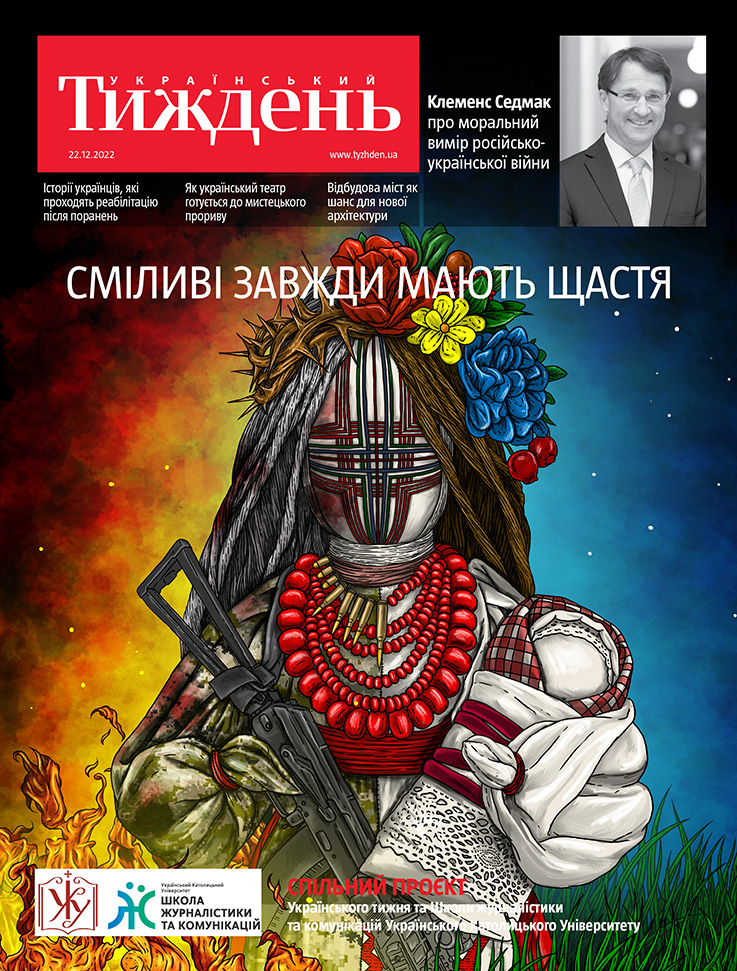Virtually every city in Ukraine stands on a river that runs through the city centre. Lviv seems to be the exception. This is because its main river Poltva was diverted to flow under the city in a concrete tunnel back in the 19th century. Today, the only reminders of the once beautiful river are memories; Livyi Bereh – the Left Bank – a restaurant next to the Opera House, and a variety of souvenirs. The restaurant staff installed a web-camera on the concrete arch of the tunnel in which the Poltva now flows. This allows visitors to see Lviv’s major waterway online.
In the early 19th century, the municipal authorities decided to lock the river in an underground collector to prevent the spread of malaria. This made the river part of the city sewage system: like most European cities, Lviv does not have separate drainage and sewage pipes.
READ ALSO: 10 Carpathian Water Attractions
We go to the underground collector where the old turbulent Poltva has flowed in the arched concrete tunnel since Austro-Hungarian times. Today, the Poltva is the key channel in Lviv’s sewage system. During the Holocaust, the labyrinth of underground tunnels under the city was a hideout for the Jews who fled the ghetto. Local sewer worker and burglar Leopold Socha used his knowledge of the tunnels to hide the refugees for fourteen months. He also fed them – first for daily payment, and once they ran out of money – for free. These real events later evolved into In Darkness, a German-Polish-Canadian drama directed by Agnieszka Holland. The script was based on The Girl in the Green Sweater, the memoirs of an eye-witness.
In addition to the intricate twists of the tunnels – some of them long closed – the subterranean system has many passageways from the basements of old buildings and churches to the banks of the underground river. They are now walled-up. Add to these religious buildings with numerous basement corridors, the abandoned Soviet military objects and bomb shelters, and you will see an entire parallel world of Lviv – a whole new field for detailed research. Initially, the Poltva was the central river of Lviv, served as a castle moat and protected the Western Ukrainian capital from the north.

